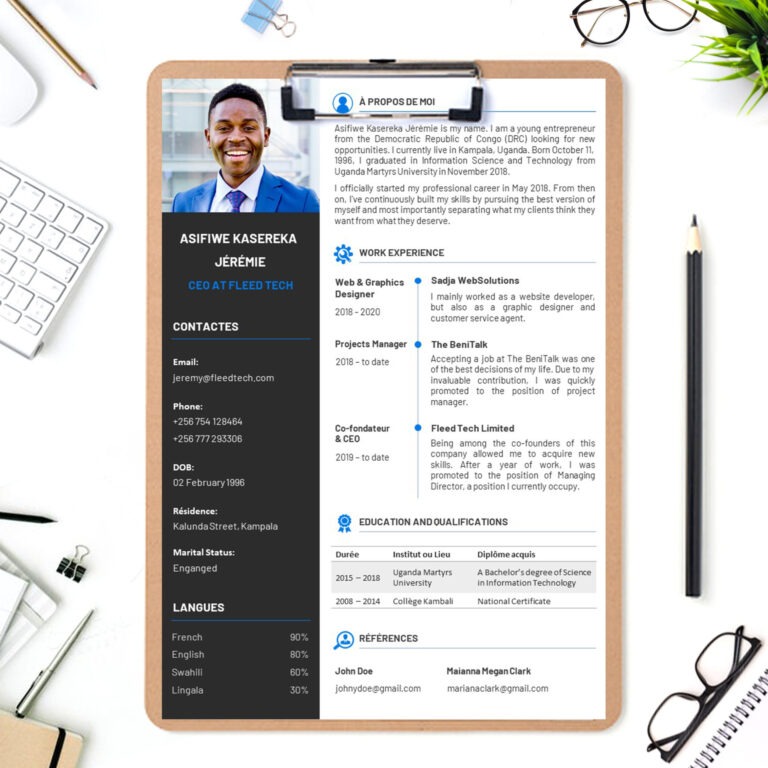How to write an effective report at a workplace

Before you start writing your report, you should understand the purpose of the report you are about to make. A report is not an assumption of events, every report aims at providing a comprehensive and up-to-date assessment of the company, to help the company make informed decisions about its strategic direction.
A report helps the reader as well to understand how the activities went on even without their participation, a team member who has not been part of the activities should be able to understand how the activities were conducted. It should be clear and understandable.
So, there are several elements that are typically included in a report at a workplace. These elements can vary depending on the purpose and audience of the report, but some common elements include:
Title
The title of your report should clearly describe the purpose of the report, it should be able to give the reader an idea of what the report is about. It should be eye-catching and attention-grabbing so that it draws the reader in and encourages them to read the report. It should be appropriate for the context in which the report will be presented. A good title can also attract readers’ attention and encourage them to read the report. Example of a report title let’s say June sales report. By reading this, the reader gets to know already that what’s included in the report is the information concerning the company sales, and specifically for the month of June.
Executive summary
This is a brief summary of the main points of the report, and is typically placed at the beginning of the report.
Introduction
The introduction of a report serves several important purposes. First, it provides background information on the topic of the report, which helps the reader understand the context in which the report is written. The introduction should also include the scope of the report, which is the range of topics that will be covered. Finally, the introduction should provide an overview of the organization and structure of the report, so that the reader knows what to expect in the subsequent sections.
Overall, the introduction of a report helps the reader to understand the context and purpose of the information, and to get a sense of what the report will cover
Body
The body of the report is where you should present the most important and relevant information, so it is crucial that you take care to organize and present it clearly and effectively, this is the place where you show what was done, and how it was done in the most detailed manner. The body of the report should also be structured in a logical way, with each section building on the previous one and leading toward the overall conclusion of the report.
To construct a report body, you can follow these steps:
- Begin with an introduction that provides an overview of the main points you will cover in the report.
- Organize your information into sections or chapters that cover different aspects of the topic. Each section should have a clear purpose and should be structured in a logical way.
- Use headings and subheadings to help break up the text and make it easier to read.
- Include supporting data, such as statistics, charts, and graphs, to help illustrate your points and make your report more compelling.
- Use transitions to help link your ideas and keep the report flowing smoothly.
- Conclude your report by summarizing the main points and highlighting any key takeaways.
- Edit and proofread your report to ensure that it is clear, concise, and free of errors.
Overall, the goal of the report body is to present the information in a clear and organized way, making it easy for the reader to understand and draw conclusions from the data.
Conclusion and Recommendation
The conclusion summarizes the key findings and the recommendation presents the specific actions that can be taken based on the findings of the report.






Great news for all us